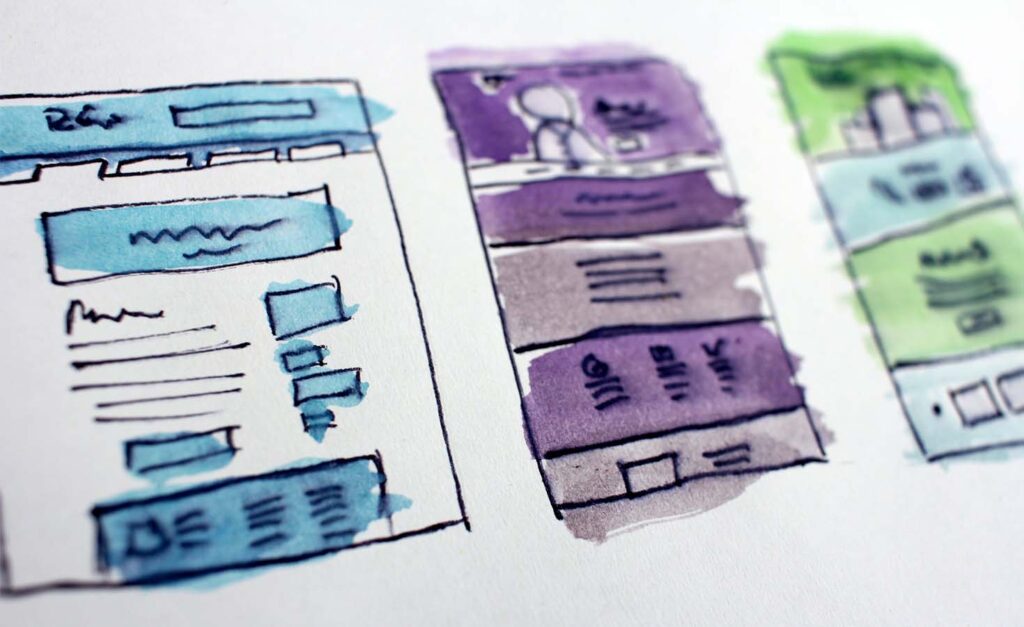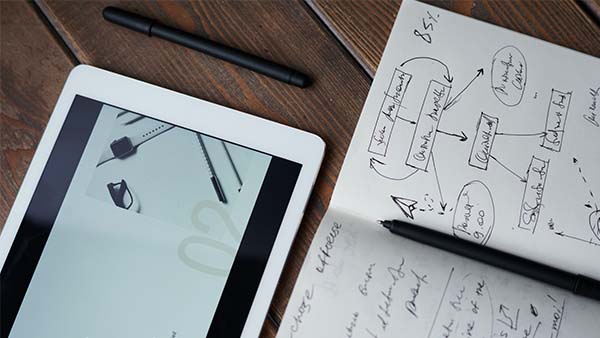
Every event promoter wants to drive audience attendance. How do you get people engaged and invested? How do you effectively deliver ticket sales? It starts with understanding your audience — and what drives them.
What is an audience driver?
An audience driver is a specific attribute, meaningful to the target audience, that is likely to cause behavior. It’s made up of data that creates a basis for understanding your consumer. And it’s an element in a clear picture showing how you can effectively encourage the desired audience to purchase tickets to your event. Audience drivers are a key ingredient in developing differentiating creative assets — and in mapping out truly effective media plans.
Start by gathering data
If you’re unsure of where to begin when it comes to gathering target audience data, you can start by creating an audience profile. Existing customer lists and sales data are great and obvious sources of information when building an audience profile. You probably already have customer lists, and an understanding of what you’ve already sold them — even if it’s handwritten on a legal pad somewhere.
It doesn’t matter how humble (or sophisticated) your customer database might be … what matters is that you start there in understanding your audience.
After you understand who your audience is, it’s time to collect relevant data. This includes digital data such as click-through rates, form fills, downloads or other online interactions … as well as past purchases, ideally segmented by some kind of aggregate, segment-level or individual audience identifier (ZIP code, purchase size or type, annual dollar volume, etc.). Ideally, it would include psychographic and demographic data — like age, household composition, lifestyle markers, geographic location, and other buying habits.
It’s best practice to use psychographic and demographic data to build a useful audience profile, and to bring insight and power to your marketing plan. So, once you’ve collected all the data, it’s time to look into similarities and overlap.
These similarities in preference and past purchase behavior form the basis for defining segment-level audience drivers.
Examples include:
- Specific interests or hobbies — like cars and motorsports
- Adjacent purchases of tickets to or merchandise associated with similar events
- Price points of past purchases
- Annual volume of past purchases
Understanding these segment-level similarities can also lead to expanding your audience reach — conquest sales — by helping you find other people with relevant common interests and attributes.

Putting the drivers to use
Now that you’ve determined which drivers to utilize, how do you put them to use? It has a lot to do with messaging strategy and media choices. You need to analyze your insights to determine how to appeal to your audience, and to understand which channels are appropriate.
Is social advertising effective? Would other forms of media work even better — or in concert with social? When is it most effective to push the media to best suit your event?
What’s unique about your event when you consider the other ways your audience might spend their time and resources? How can you frame your messaging so it keeps the audience’s needs and wants front and center? And what do you know about them that will enable you to push the creative limits so that you’re giving them information that appeals to them at the same time it moves them in your direction?
Think about seasonal considerations, social impact, and topical events as context for your own event. What can you harness, or where can you gain leverage, by evaluating your effort in light of other relevant external realities? Connecting those realities to what you know about your audience’s preferences will pay dividends prior to developing advertising materials or mapping out your media plan.
Time and place
Successful event marketing is all about enticing your audience to join you in the experience … based on their needs and preferences. Timing is a major component as well; especially with regard to events, the buying pattern is very much like a hockey stick curve, with many waiting until the last few days to actually complete the purchase.
So how do you best secure interest in the drivers you’ve identified and turn them into ticket sales supporting your event? One approach in planning is to be aware of other events and how they’re promoting themselves. What can you do to stand apart?
It’s also useful to test your theory of what will drive purchases and resulting promotional tactics. Notice patterns, adapt to the learning, record purchase volume changes, and adjust accordingly. Ticket sales provide great opportunities for A/B testing of both creative assets and media plans; treat every effort as a learning opportunity and your results will begin to enjoy their own hockey stick curve of success.
Another key element is geography. Where do your attendees come from? How far are they willing to travel? What other attractions are on their pathway, and do those attractions offer opportunities to help solidify your attendees’ purchase decisions? Should you place reminder media on pump toppers at gas stations along key routes? Maybe so!
Thinking through the implications of your location and routes your attendees will take helps determine ways to effectively broadcast your message. A useful consideration when planning both the creative and media aspects of your marketing campaigns.
Test, test, and test again
Marketing ultimately is a weak — yet critically important — force in “driving” human behavior, and actual purchase data can only be analyzed through the rear-view mirror.
So take advantage of any opportunities to test and learn while you’re in campaign mode. Split tests are great — if you can, use them with your creative and your media plans. If you can implement creative empathy testing — gaining insight into effective tone, style, manner, concept relevance and the way the specific offer at hand is presented — before moving big buckets of creative assets into production, it provides useful insights as well as saves time and money.
Trends, wants, and needs change, so your strategy should adapt, too. All of this pre-campaign analysis and testing will help keep your audience drivers front and center, as well as fresh and updated. And will lead to more successful campaigns, more bodies through the turnstiles, happier attendees and more robust results.

